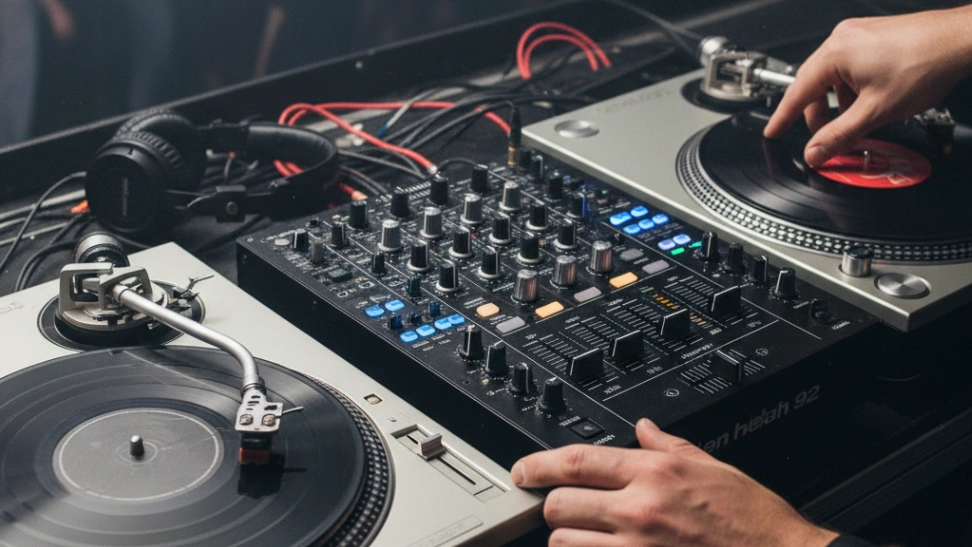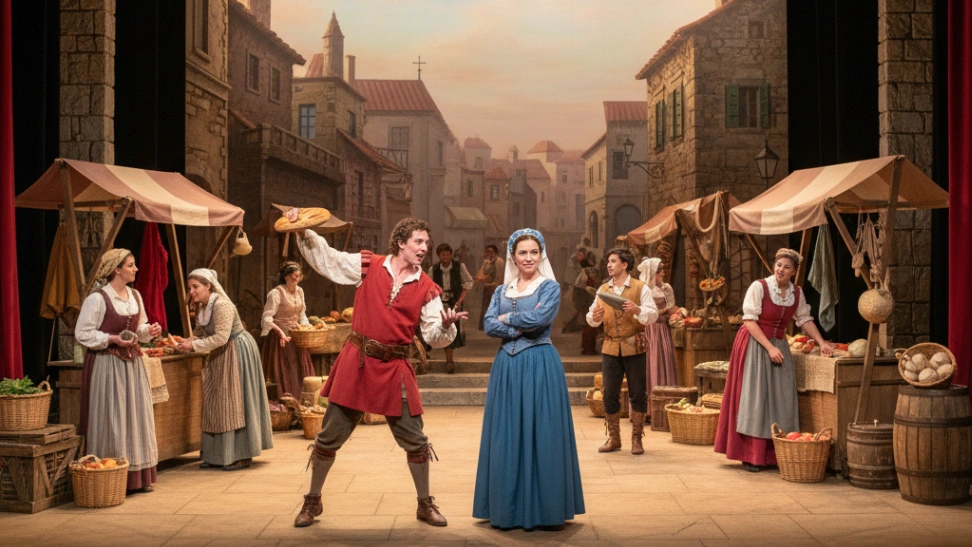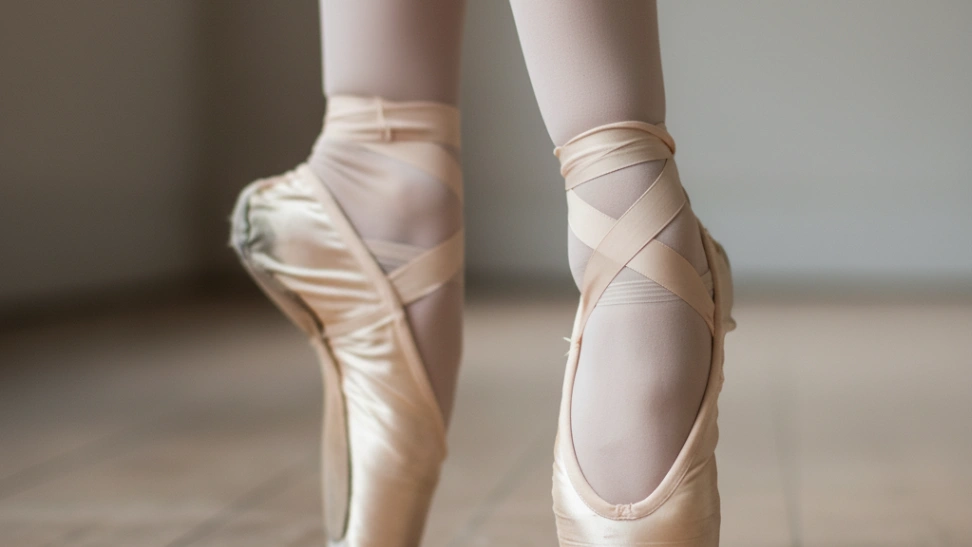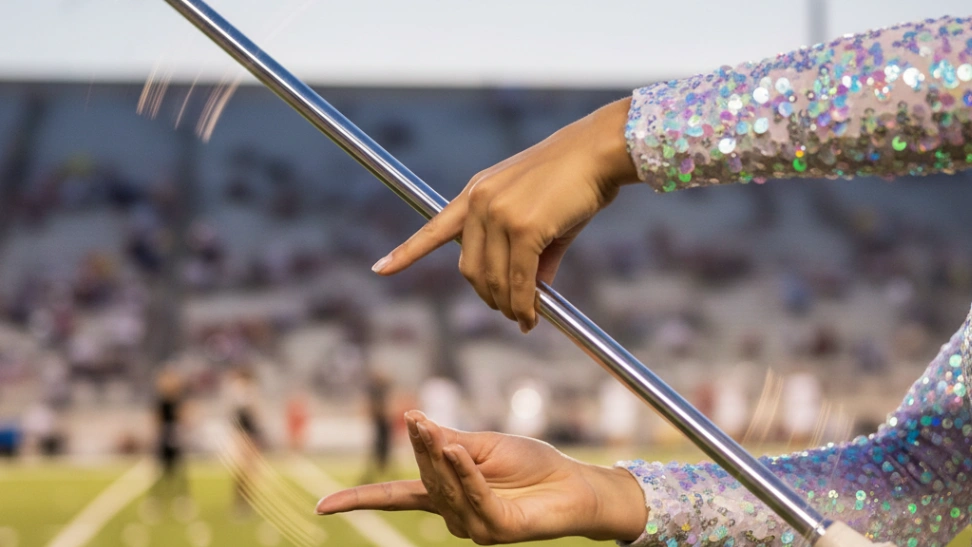Is This Hobby For You?
This hobby is ideal for music lovers who enjoy technical challenges, creative expression, and connecting with people through sound.
Why You'll Love It
- You get to curate and share your favorite music in a live setting.
- It's a highly creative outlet that combines technical skill with artistic flair.
- There's a vibrant global community and endless opportunities to learn and grow.
Good to Know Before You Start
- Initial equipment costs can be significant, especially for professional setups.
- It requires a significant time investment to master techniques and build a quality music library.
- Dealing with technical issues or a disengaged audience can be frustrating.
Hobby Traits
How the community rates this hobby.
Getting Started: The Essentials
The basic requirements to begin your journey with DJing.
Startup Cost
$500
Community-voted average
Ongoing Cost
Low
Monthly upkeep estimate
Essential Gear
DJ Controller/Turntables/CDJs
The primary interface for playing and manipulating tracks, choosing between dedicated hardware or software-driven solutions.
Mixer
Used to blend audio from multiple sources, adjust volume levels, and apply equalization and effects.
Headphones
Essential for cueing up the next track privately and monitoring your mix before it goes live to the audience.
Speakers
For outputting your mixed audio, ranging from studio monitors for practice to PA systems for performance.
Music Library
A collection of digital music files or vinyl records to play, curated to fit your style and audience.
Learning Curve
Overall Difficulty: Easy
Associated Skills
Skills you can expect to develop while pursuing this hobby.
A Closer Look at the Traits
Active
Keeps you active and on your feet, but isn't a full-blown workout.
Purely for Fun
Pursued purely for enjoyment, relaxation, and the fun of the activity itself.
Mostly Indoors
While you could do this outside, it's primarily an indoor activity.
Moderately Mental
Primarily a mental activity, but may have some light physical components.
Purely Creative
A highly creative and expressive outlet for your imagination and artistic side.
Very Social
A highly social hobby that thrives on collaboration, competition, and community.
Frequently Asked Questions
Similar Hobbies
Hobby Traits
How the community rates this hobby.



